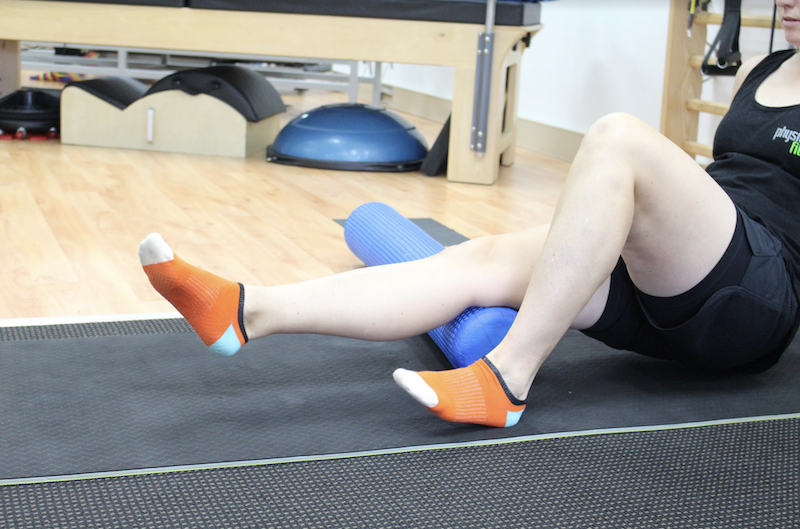Why we should be taking ‘shin splints’ a bit more seriously
SHIN SPLINT INJURY
Most of us know someone who experiences ‘shin splints’, or have suffered the injury ourselves. It presents as pain at the anteriomedial border of the shin – the middle side of the bony front of the shin/tibia bone – that grumbles when starting a run or loading activity of the lower limb. Often the manage consists of…ignoring it! Pushing through the pain, and hoping it gets better without doing much about it. However, while this might be mild pain at first that ‘warms up’ after a few minutes, it can worsen, and is not uncommon that the pain can become severe enough to stop running activity.

How rest can help your shin splints
In all running activity (and lower limb loading activity for that matter), there is microdamage to the bones undertaking stress. With appropriate periods of rest, this damage repairs, which is part of a normal process to maintain homeostasis. In fact, this process can be beneficial long term to bone density. However, without adequate rest between stressing events, or due to excessive/increasing loading activity that causes more microdamage, bone may not repair fully before further damage is applied through the next bout of running (an overuse mechanism). If repeated, this process can lead to the development of ‘shin splints’.’ Shin splints’ is an umbrella term, that encompasses a continuum of bone-based injuries to the tibia bone. Initially, this is medial tibial stress syndrome, a bone-stress reaction injury. At this stage, there is no fracture, however there is considerable microtrauma and inflammation of the tibia bone, and associated intolerance to loading activity. If you ‘push through’ these symptoms, it can however develop a fracture line – a stress fracture. Understandably, this is a serious injury.
MANAGEMENT OF MEDIAL TIBIAL STRESS
So how can medial tibial stress syndrome be managed, so it doesn’t progress from a bone stress reaction to a stress fracture. And so that pain doesn’t increasingly impact our ability to run and do the things we enjoy. Well, a physiotherapist can help. And it is worth noting that absolute rest may not be necessary, or effective long term – absolute rest might not address factors contributing to overload. There are a number of risk factors that can contribute to overloading of the tibia, that might increase stress when running. If these can be addressed, bone stress can be minimised which would have a beneficial effect. There is also an appropriate amount of stress that is necessary to maintain bone density, so absolute rest would have a negative effect on bone density long term. Your physiotherapist may suggest a short period of rest if appropriate, but the goal of management should be a gradual resuming of the activity in focus (e.g. running).
WHAT CAN A PHYSIO DO TO HELP?
A physiotherapist can also assess the biomechanics of the foot/ankle, and knee and hip, which are particularly important to tibial stress with running. They can also assist in designing a strength and conditioning programme to address these factors. For example, increased pelvic drop in running is an identified risk factor, and may indicate weakness through the lateral hip stabiliser muscle group. Your physio can also help set realistic timeframes – recovery from this condition isn’t overnight, but a thorough plan can ensure you are returning to in a timely and appropriate manner.
If you are experiencing symptoms you suspect might be medial tibial stress syndrome, make an appointment with the physiotherapy team at Physio and Fitness Clinic and start the journey to recovery.
